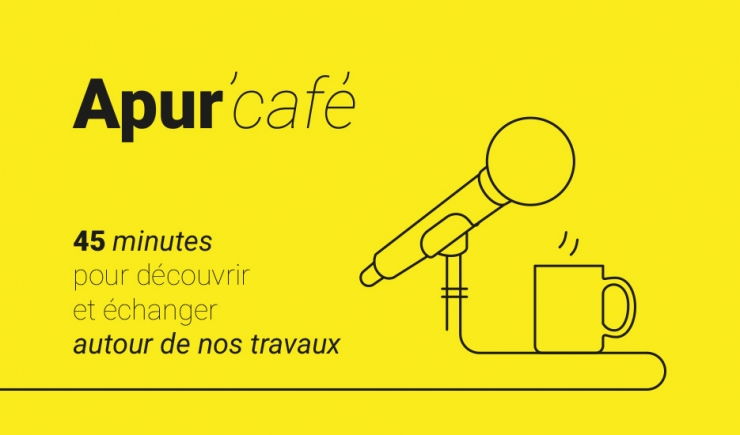
The Paris Urbanism Agency (Apur) has for over 30 years created and updated geographic data which form the basis of its geographic information system and enables a reliable, detailed and homogenous representation.
The area covered by these data has been enlarged to include the Grand Paris Metropolis on different scales, going from the administrative commune/municipality to land plots and to correspond to various themes: facilities and services, employment and commerce, public space and mobility, housing and living environment, society, environmental issues, nature and networks, landscape and urban development, history and heritage.
Certain data are created by Apur itself (physical street blocks, land occupation of facilities, so called “urban” land plots, commercial data -BDCom, data on centralities, data on vegetation…). However, most of the data come from exterior sources, notably Apur's partners (open data, exchange agreements…). The added value of Apur is that data are regularly checked and updated ensuring their coherence, within a homogenous structure which includes the whole territory thus facilitating their exploitation and enhancement.
Numerous uses are therefore possible:
- First and foremost, they contribute to background maps providing specific, multi-scale information used for map making and interactive applications.
- Combined with other data, they respond to the thematic needs of Apur studies (socio-demographic studies within territories, housing and the living environment, economic development analyses, analyses of urban phenomena, history and heritage). The focus is also put on a certain number of databases and the uses they are put to (facilities, implementation of land use plans -PLU, databases on urban projects and their extension).
Apur is also committed to its mission as a public service and the sharing of data. Firstly, by putting its studies online via its internet site, but more specifically through interactive applications (data visualisations) and its open data platform which enables reuse by a vast number of people.
Data documentation is carried out using a cataloguing tool which facilitates consultation and comprehensibility and thus their sustainability.
Presentation by :
- Emmanuel Faure, Director of Information and Data Systems
- Alain Beauregard, GIS Manager
GIS team:
- Marcellin Boudeau, GIS Analyst
- Grégoire Catineau, Geomatician
- Hélène Impini, Web Developer - Geomatician
- Morad Khaloua, Geomatician
- Marie Philippe, Database Manager
Avec le concours de :
- Marie-Thérèse Besse, geomatician, catrographer and specialist on the Landscape Database - BD Paysage -
- Christine Delahaye, geomatician, cartographer and specialist on the Transport / Road System Database - BD Transport / voirie -
- Laurent Planchot, study assistant, cartographer and specialist on the Urban Projects Database - BD Projets urbains -
- …


